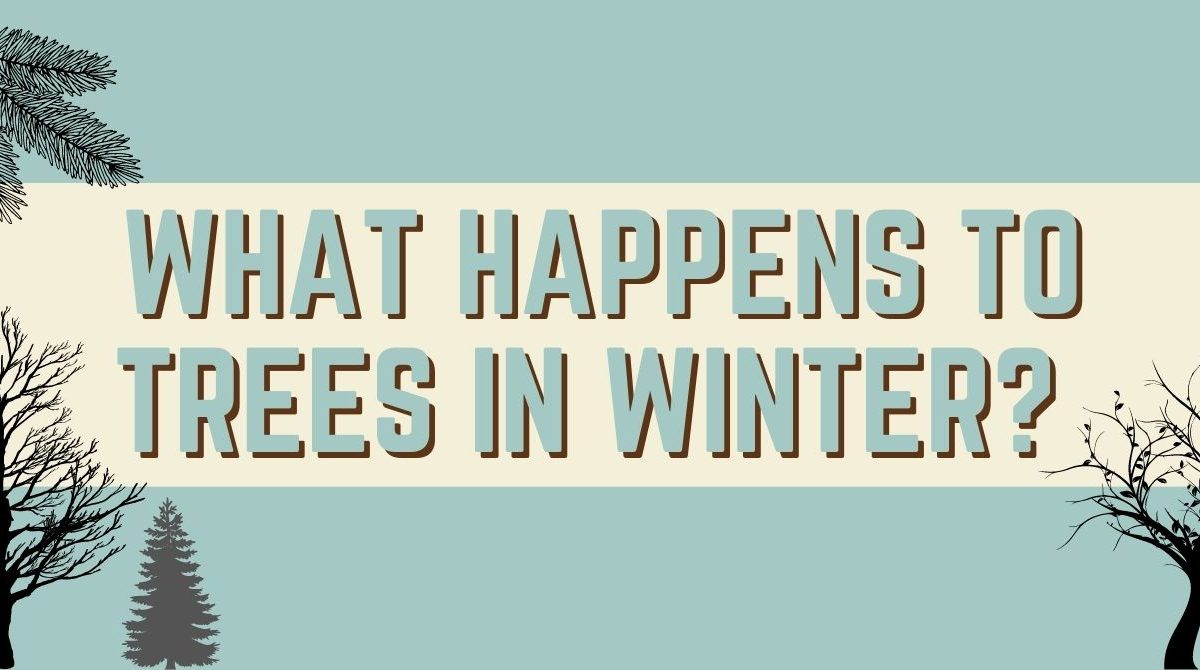
All Things Christmas Trees
12.08.20
Treasure (Tree) Hunt
12.29.20
Now that we’re deep into December, nearly all of Charlotte’s deciduous trees have lost their leaves and are embracing their bare branches. Although these trees might not be in their prettiest form right now, winter dormancy is extremely important to the health and life cycle of trees. Many people have the misconception that a tree “dies” in the winter then “comes back to life” by spring, but this is far from true. In fact, what happens to trees in winter is somewhat similar to the way bears or chipmunks hibernate during these chilly months.
What Happens:
When temperatures get low enough, a chemical called ABA (Abscisic acid) is produced in the tree. This chemical is responsible for starting the process of slowing the tree’s metabolism and growth rate. In deciduous trees, ABA also gathers at the areas where the leaves are connected to the branch, causing leaves to be released. Cold temperatures triggering ABA production (and therefore leaf loss) explains why trees in Minnesota are bare by the end of October, trees in North Carolina usually aren’t bare until Thanksgiving, and trees in California may never go bare.
In addition, just like hibernating animals, dormant trees cannot eat in the winter. When deciduous trees lose their leaves, photosynthesis cannot take place, meaning they cannot produce sugars they need. In evergreen trees, photosynthesis also stops. Since they aren’t producing new food, trees have to slow their metabolism and rely on sugar that was produced during the spring and summer. These sugars are typically stored in the roots. In fact, the fall and winter is when the tree’s roots grow the most since the tree does not have to worry about growing leaves, flowers, fruits and cones. So, as you can see, the tree hasn’t died at all. It’s just busy resting and strengthening its root system.
Why it Happens:
You may be asking, “What is the point of going dormant in the first place? Why not just continue to photosynthesize in winter?” There are two important reasons why it’s more beneficial for trees to pause photosynthesis and slow their metabolism, instead of pushing through winter making new food.
First, there is significantly less sunlight in the winter, so it’s more practical for a tree to temporarily go dormant instead of expending energy trying to make sugar out of the little available sunlight.
Secondly, losing leaves actually helps deciduous, broad-leafed trees conserve water. Although leaves are great for getting trees the food they need, they come with a caveat—water loss through microscopic holes in the leaves. During the dry winter months, trees cannot get sufficient amounts of water (especially with frozen grounds), so they need to hold on to as much of it as possible. Because broad leaves have higher surface area, they must lose their leaves to prevent significant water loss, while needled trees do not have this risk.
As you can see, dormancy is a valuable and essential part of a tree’s life. Despite the brown, barren landscape during these winter months, you can take comfort in knowing that within their seemingly lifeless bodies, trees are working hard to prepare for a new beginning in the spring.

Kate Bolkin is TreesCharlotte’s Community Tree Educator. She has a background in conservation biology, environmental science, and urban forestry.
Email kate@treescharlotte.org with any tree questions or presentation inquiries



